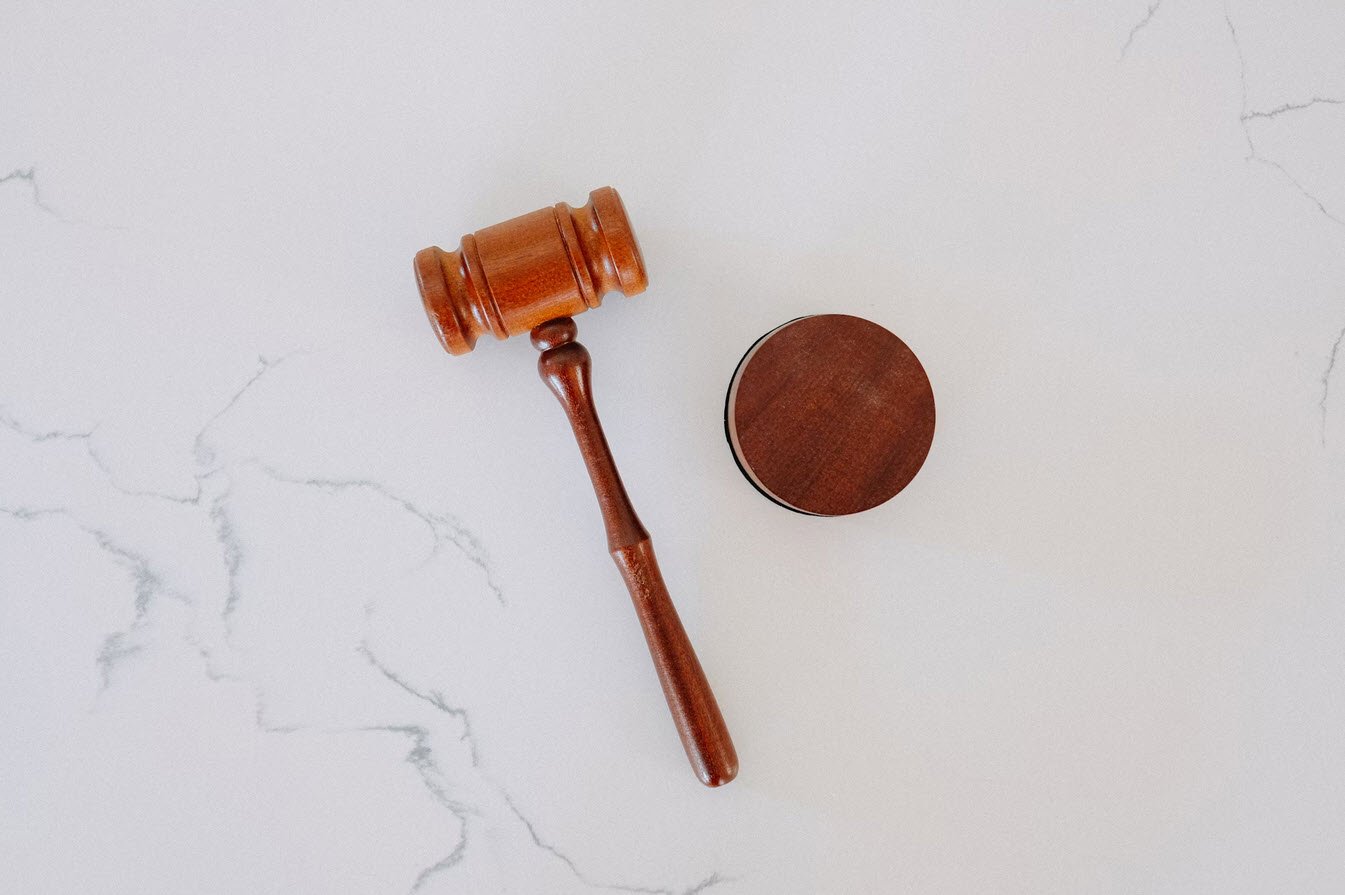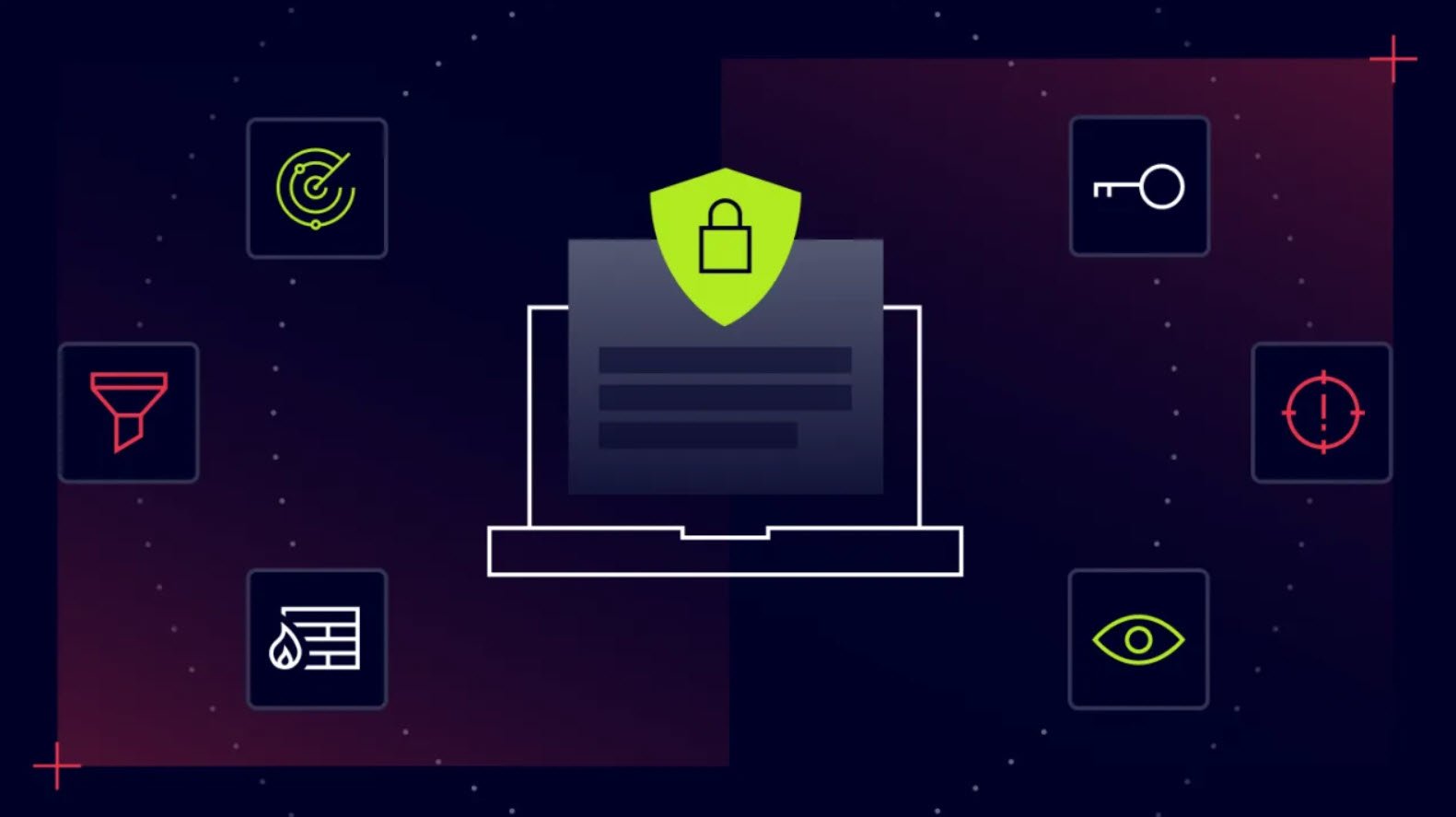
IoT analytics tools allows organizations to analyze and visualize sensor data from internet-connected devices. IoT analytics softwares are used to understand the continuous stream of organized, unstructured, and time series data produced by connected devices, so that organizations can understand historical data and predict future results.
Organizations may utilize IoT analytics softwares and solutions to track the performance of hardware, provide predictive maintenance recommendations, and better understand comprehensive unique data related to their devices like temperature, motion, and sound.
The internet of things is continuously growing. More and more, the IoT is becoming an essential part of an organization’s business strategy.
Data analysts can use IoT analytics software to prepare, filter, transform, and drill into sensor information, the same way they would analyze structured and organized data with a business intelligence platform.
- AWS IoT Analytics
- SAS Analytics for IoT
- Exosite ExoSense IoT
- Google Cloud IoT Core
- ThingSpeak
1. AWS IoT Analytics
AWS IoT Analytics is a fully-managed service that makes it easy to run sophisticated analytics on massive volumes of IoT data without having to worry about all the cost and complexity typically required to build your own IoT analytics platform.
- AWS IoT Analytics automates each of the difficult steps that are required to analyze data from IoT devices.
- AWS IoT Analytics filters, transforms, and enriches IoT data before storing it in a time-series data store for analysis.
- AWS IoT Analytics makes it easy to get started with machine learning by including pre-built models for common IoT use cases.

2. SAS Analytics for IoT
For users who need to quickly extract value from their IoT data and investments – in days, not months – SAS Analytics for IoT provides an integrated, business-focused interface that employs a proven way to organize, visualize and act on high volumes of diverse IoT data using a secure, flexible and scalable AI-embedded IoT Analytics platform.
This solution’s capabilities are compelling for variety of users including line of business, engineering, IT and data science professional, extending the use of analytics and collaboration the enterprise, and optimizing current IoT investments – SAS, third party and open source.
This solution continuously improve the latest analytic techniques to find those best suited for high-frequency, streaming data. And you can use their industry-leading data management capabilities to make IoT data – generated anywhere – analytics-ready.
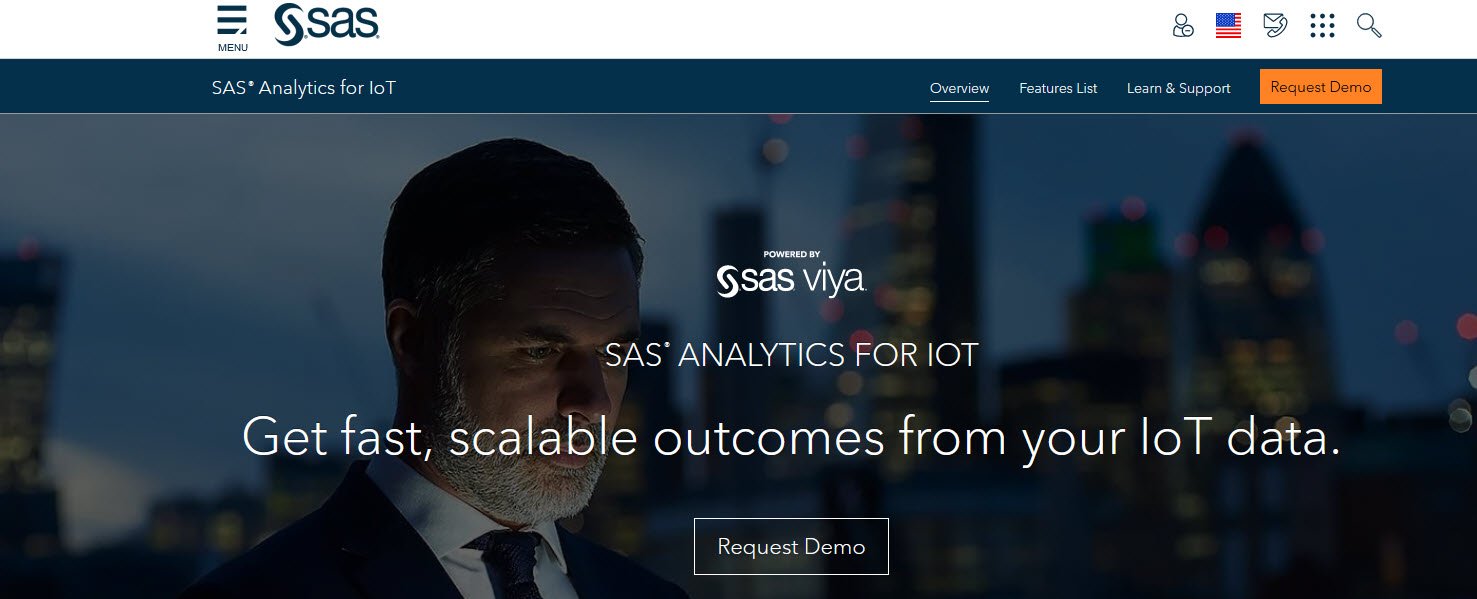
3. Exosite ExoSense IoT
ExoSense is a remote condition monitoring application that can be deployed in minutes to provide operational insight into industrial assets, systems, and equipment.
It also enables any business to aggregate and visualize sensor data to alert users of critical operating conditions, predict maintenance, optimize processes, and deliver new functionality and services to customers.
- Zero coding to customize.
- Deploys in under an hour.
- Makes IoT accessible (and affordable).
- Backed by a powerful platform.
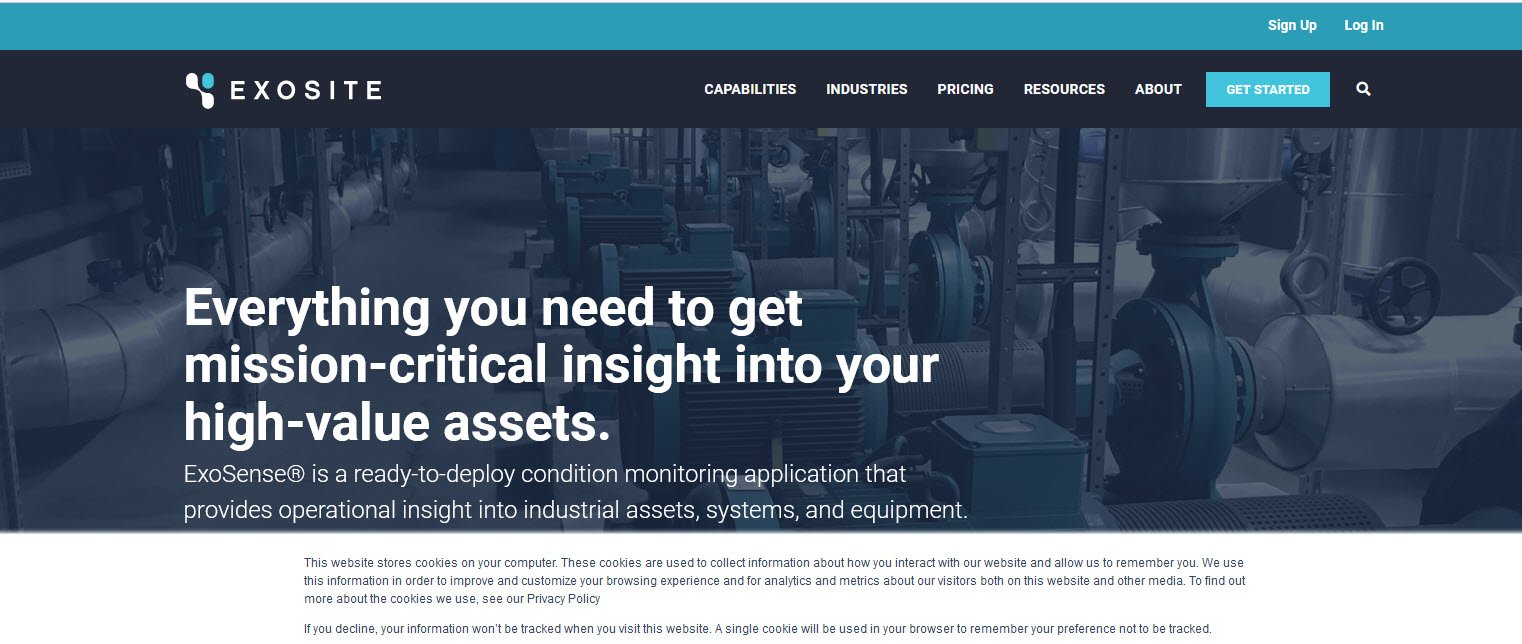
4. Google Cloud IoT Core
A fully managed service to easily and securely connect, manage, and ingest data from globally dispersed devices.
The Google Cloud suite of products supports IoT use cases and future solutions that customers and their partners manage.
Using Google Cloud technologies, combined with partners, a customer can customize specific IoT solutions to meet their unique needs.
Their partners offer solutions that can support edge messaging services, device management, analytics, and the ability to derive insights using Google Cloud’s industry leading AI/ML technology.

5. ThingSpeak
The open data platform for the Internet of Things.
ThingSpeak is an IoT analytics platform service that allows you to aggregate, visualize, and analyze live data streams in the cloud. You can send data to ThingSpeak from your devices, create instant visualization of live data, and send alerts.
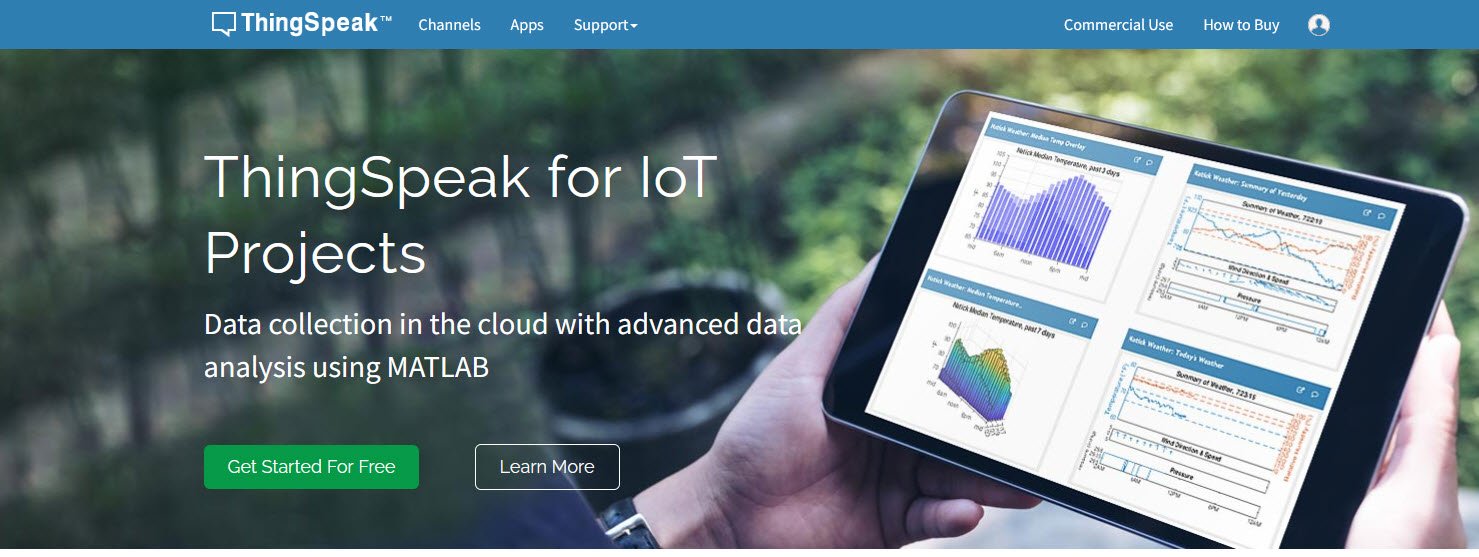
Unfortunately, there is no simple process for choosing the best IoT analytics platform for a business. The selection process depends strongly on the business model, the available resources, and the devices already being used, as well as devices in the planning stage.
To conclude the article on the Best IoT Analytics Softwares, we can say that the Google Cloud IoT Core and SAS Analytics are easy to use.
Hope this article on the Best IoT Analytics Softwares was much useful to you!
You may also like:- The Best Five Financial Analysis Software
- Top 5 Best Managed Detection and Response (MDR) Software Solutions
- 5 Best Financial Audit Software for Accounting Firms
- Top 5 Best Legal Case Management Software Solutions
- 5 Top Unified Threat Management (UTM) Softwares
- Top 5 Best Network Traffic Analysis (NTA) Softwares
- Top Network Detection and Response (NDR) Solutions
- 5 Best DNS Security Solutions For Enhanced Security
- Top 5 Prominent Endpoint Detection and Response (EDR) Solutions
- 5 Best Security Practices for PHP Hosting




